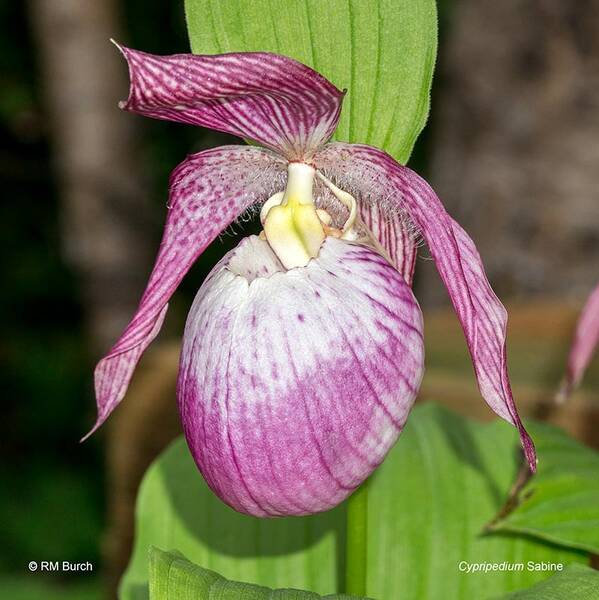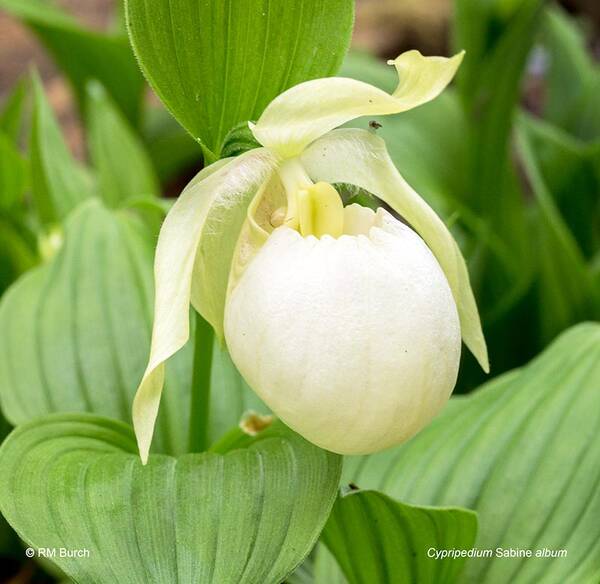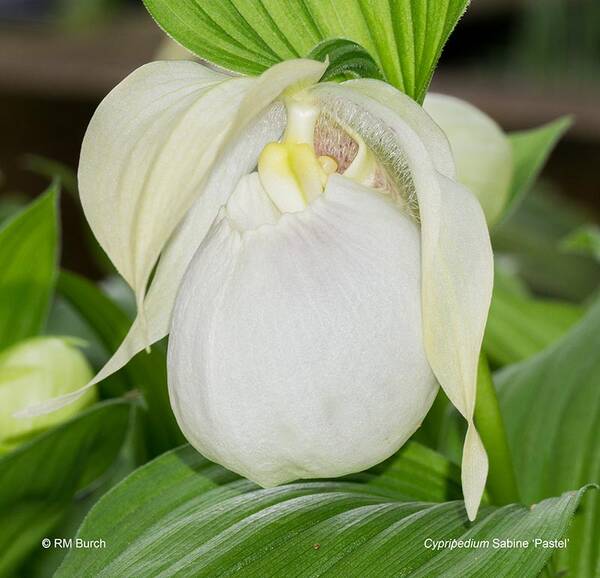Almost all of my Cyps are planted in a mixture of 50% 3/8 minus red volcanic gravel and 50% turface (when I lived in CT I used 50% Soil Perfector (fired shale) rather than volcanic gravel). Both of these are extremely freely draining and the turface also holds a considerable amount of water. I do not add any organics but over 2-3 years the medium reaches some 20% organics by my estimate from pine (east coast) or fir (west coast) needles falling on the beds. To keep fine tree roots at bay for a few years, I use landscape cloth under the plants, with the growing medium around 4 inches deep on top of that.
To make things simple most but not all of my beds have irrigation. Beginning around the end of March I use that to water every third day or so for 10 minutes by spray, moving that to every other day around May 1. By mid-June, watering is every day (our dry season in western WA is REALLY DRY - sometimes we only get 2 inches total rain from June 1 to early September) and two years ago we got 0 rain over a 79 day period. The rainless streak was ended by a cloudy day with less than 1/8 inch rain, followed by a couple of additional weeks with no rain, so REALLY DRY! I add a time release fertilizer in March, either Osmocote or Vigoro, with trace elements (since there are no organics in my medium). I also water with liquid Miracle Gro (the all purpose vegetable kind) every two weeks. I have found that the more fertilizer added, the faster the plants grow. Most of my beds get around 2 hours of sun per day, most in the morning but a couple of them in the afternoon. The rest of the day the beds are in light shade. I try to manage the surrounding trees to make sure that the shading does not get too intense. I can tell if the shade increases because suddenly the plants reduce their number of flowers - usually drastically. Last year 3 of the beds that are side by side became too shaded which was apparent when only a few flowers were present compared to several hundred the year before. I limbed the branches up about 10 feet (this sounds like a lot but most of the trees over the beds are cedars and once a limb is removed the limbs that were above the one removed quickly grow longer and droop down to the level of the previous ones, in only a couple of years, so the increasing shading is insidious).
A few plants receive much more sun than the recommended 2 hours. I don't try this with plants less than about 5 years of age (which usually means blooming plants). The first couple of years the leaves get pretty bleached by the end of June but after a couple of years the plants adjust and look good until the end of August or so. I am doing that right now with some Sabine (one of the clumps in the images in the first Sabine post now get about 5 hours of sun each day, formosanum, reginae (which naturally tolerate 4-6 hours of sun per day) and kentuckiense. I water extra well the first couple of years in the sun. One has to have a heart of stone to do this since the plants are not very happy the first year. I have a clump of formosanum that were put out in an area with 5 or 6 hours of midday sun in the summer. The clump went from 5 growths to 2 over the first couple of years, with no flowers after the first year. Then in year three it added a small stem - still no flowers, and this season it has 6 stems and 4 flowers. The leaves are a healthy light green. I suspect that the plant will still go dormant earlier than other formosanum in the shade but it is getting back to normal. The clump of reginae album at the top of my selling page grew for 10 years in full blazing sun (several days each summer over 100 F) from about 10 am - to 7 pm. The clump was in front of a granite thrown wall about 2 feet behind it and the western sun blazed off it onto the plant. I watered heavily for the first couple of years but slowly slacked off. After a few years I only watered it if there was no rain for a couple of weeks and it ended up with about 20 growing branches and 18-26 flowers each year. When we moved to WA permanently last year I brought that plant with me. It is now growing in much more reasonable conditions. While our August here can have one or two days that reach 90 F, generally even in June-July the daytime highs are in the mid-70s to mid-80s. I hope it is not shocked by the kindness!
I do plant Cyp japonicum in organic medium on the advice of an excellent japonicum grower. I use a medium orchid bark mix that the plants seem to like. Japonicum sends its rhizome deep so I use 10 inches of medium. The person told me this method had a very large colony of japonicum. He semicommercially grew Cattleya's and had a large mulch pile at the back of his greenhouse which represented about a decade of used bark mix that accumulated when he repotted. He got a japonicum which he was busy and stuffed it into the mulch pile until he had time to plant it properly and then forgot about it. After a few years he had a large colony. If anyone wanted a division, he just dug some out with a shovel.









